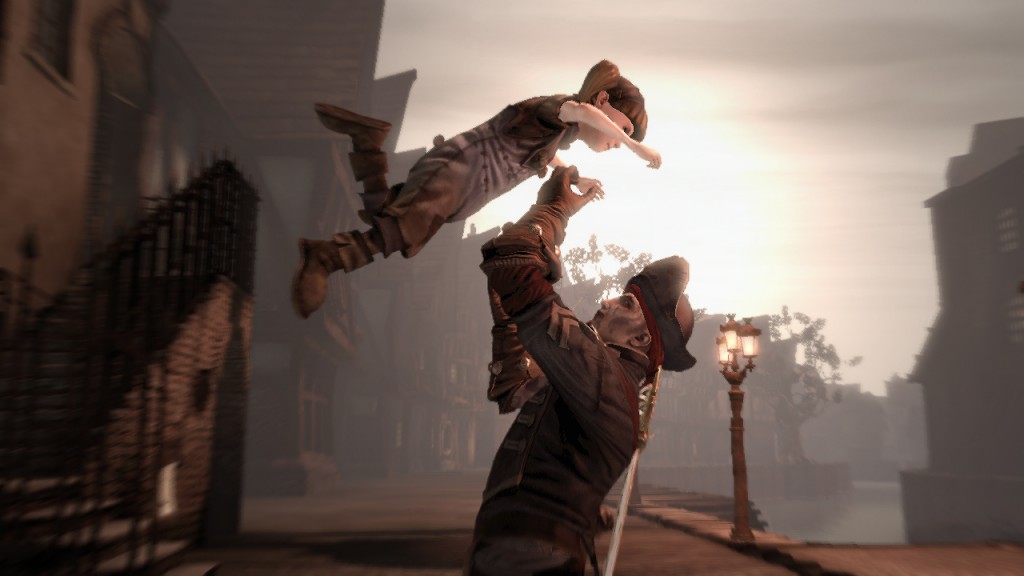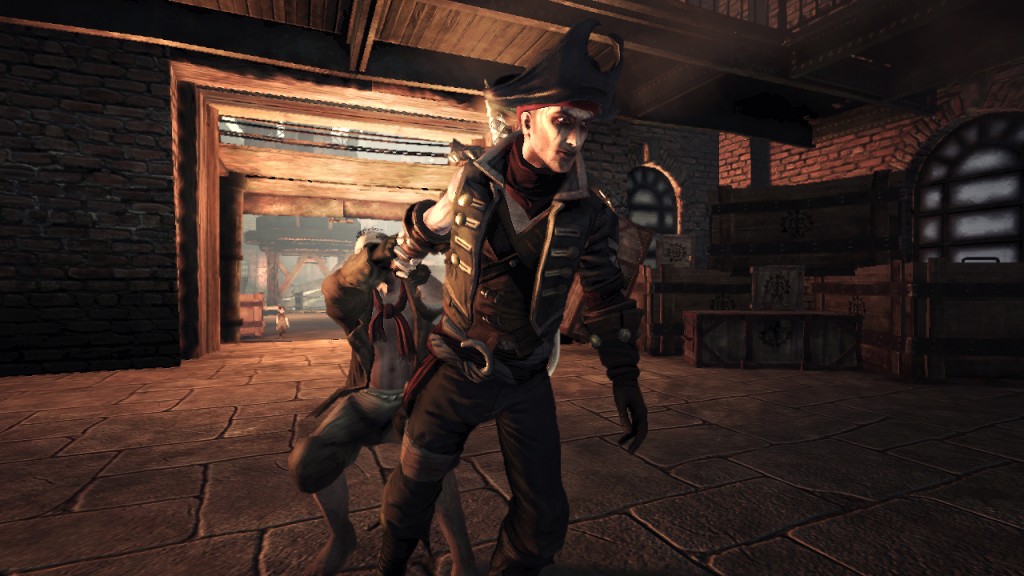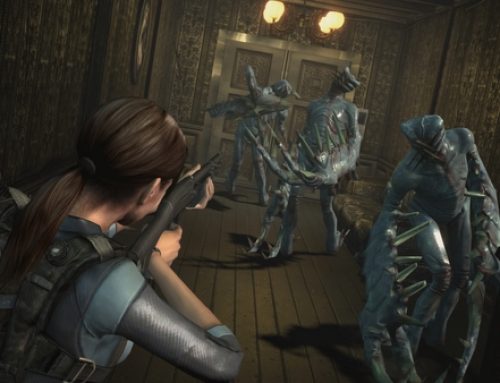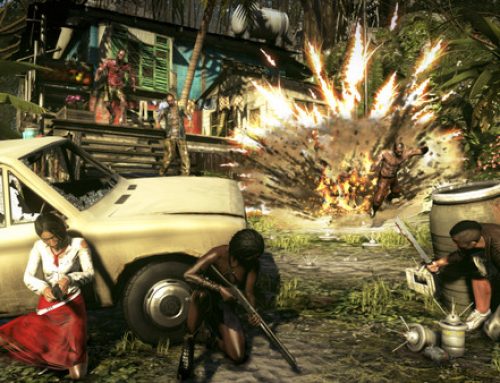On Monday, I talked about what I see as “Fable III’s” biggest, genre-rattling innovation, the fact that the game doesn’t end with you conquering evil and becoming king. Rather, the whole second half of the game will deal with how you choose to wield your absolute power. But based on the half-hour presentation I saw at Microsoft’s X10 media event last week in San Francisco, a number of other new mechanics and refinements should help result in a better game experience for those of us who had our issues with “Fable II.”
What follows is a quick recap of some new features and improvements you can expect. (It’s worth mentioning that this post will contain mild spoilers for “Fable II.” So if you’re, like, halfway through and want to remain completely ignorant about what lies ahead, bookmark this page and come back later. I’ll still be here.)

Reach out and touch someone: For sheer emotional impact, “Fable III” is banking on the power of touch. The first two “Fable” games had you relating with characters solely through expressions you’d perform. The process of courtship largely consisted of fist-pumps, laughter and even, with the right woman, belching. (Don’t try that at home, by the way.) For those of us accustomed to hours of wooing blue-skinned aliens in BioWare’s role-playing games, it’s a tad simplistic. Don’t expect things to get much more complicated in “Fable III,” but Molyneux and the crew at Lionhead Studios are upping the ante a bit for “Fable III” by having the left trigger serve as a “touch” function that will supplement the expressions.
In perhaps the most compelling part of the demo, we journalists saw touch demonstrated in two ways. In the first example, the hero’s wife sent him out in search of their missing daughter. Upon finding her playing with some friends, the player used the left trigger to interact with the giddy girl, hoisting her into the air in a cute, fatherly gesture. He then hit the trigger again to take the girl’s hand and walk her home. (What the left trigger does each time will be context sensitive.) In the second example, the hero — and that term is relative in this instance — took the hand of a beggar, who thought he was being taken to get something to eat. But it turned out the player was actually taking the beggar to be sold into some sort of work camp. The beggar began to panic, trying to escape the hero’s grip and pleading desperately, lending the interaction a different sort of emotional heft than the example with the daughter.

Unique weapons: The morphing feature from “Fable II,” in which your player’s appearance changed depending on how you played the game, will now extend to weapons, as well. When you first pick up a battle axe, for example, it’ll look rather ordinary and generic, but as you kill stuff with it, its appearance will change based on what you’ve slain. You’ll also be able to level up your weapon, purchasing upgrades. Once your weapon looks sufficiently cool, you’ll be able to trade it online with other players and, even better, your Gamertag will follow your creation around the world, like an artist’s initials in the corner of a painting.
Co-op that actually feels like co-op: Online co-op in “Fable II” was disappointingly limited. Though you could see your friends floating around the game world as glowing orbs, trade items with them and invite them into your game world, once they arrived, it was kind of a let-down. Rather than coming into your game as the unique characters your friends had created, your co-op buddies appeared as generic henchmen, who were basically tethered to you and could create little lasting impact on your game world. That design decision likely kept a zillion, foul-mouthed player-killing trolls from ruining other people’s games. The flipside, however, meant that my best friends earned no experience points and had next to no ability to help me craft our own custom narrative for Albion. My co-op play in “Fable II” was limited to grabbing the co-op-only achievements and deciding with my friend that it was more fun for each of us to play our own game.
A more confounding dog: Yes, the dog is back for “Fable III.” Presumably, Peter Molyneux and company won’t kill him off again. This time out, Molyneux promised your dog would be more poochlike. The game will feature rabbits, with the power to distract your dog and send him off on a crazy canine side mission, whether you like it or not. Realistic rabbit-chasing action was not a demand I had after playing “Fable II,” but I dig the storytelling options and gameplay that rabbit-chasing could foster.



